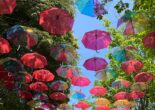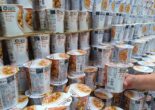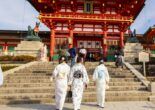It is one of the major exchanges along the Yamanote line, but the urban center of Ikebukuro offers a lot of modern manga and showa-retro in a very accessible package. Including an aquarium. Read on to find out more.
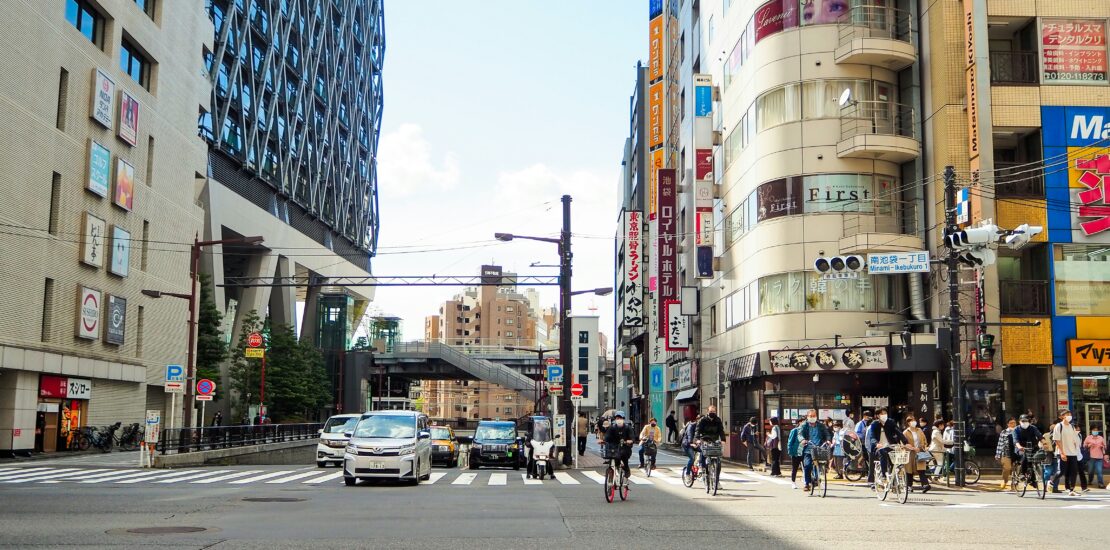
Ikebukuro is one of the major exchanges along the Yamanote line. Here, you can change trains to several subway lines, and private train lines like the Seibu like towards Kawagoe and further on into Saitama. But Seibu also serves the short hop to the immensely popular Harry Potter studio experience, with a replica Hogwarths locomotive on the Seibu line platform.
The other private train company serving Ikebukuro is Tobu, best known for its trains to Nikko in Tochigi and To Gunma. But from Ikebukuro, the Tobu-Tojo line heads towards the mountainous borderland between Saitama and Gunma.
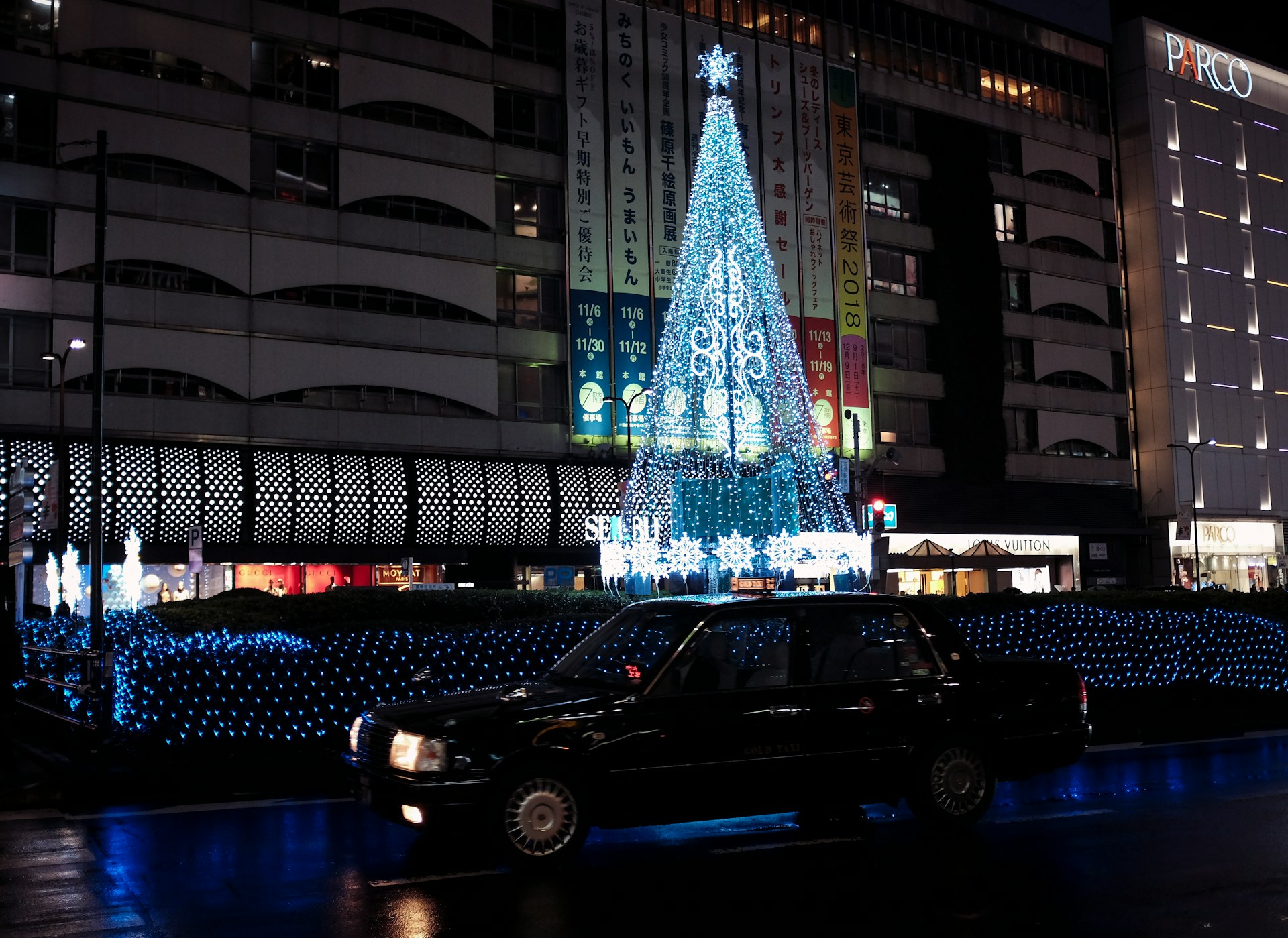
The front of Ikebukuro station at night.
Not to forget the JR lines, which will carry you towards Tochigi and Shizuoka. It is actually the third busiest station in Japan, which makes it the third busiest in the world. Although it is hard to believe when you are there because the basement of Ikebukuro Station is even more of a warren than Shinjuku Station.
Underground shopping complex warren
But there is no reason to leave Ikebukuro, once you have got there. It may not have the cachet of Ueno, the skyscrapers of Shinjuku, or the grandeur of Tokyo Station, but Ikebukuro is nevertheless worth stopping at.
The Ikebukuro station is not just a warren underground – it is a major shopping complex. Not only are the Tobu and Seibu department stores located directly in the station, but there is also a Parco department store. While all of them have various departments, with heavy stress on fashion, the main interest for visitors is probably the sweets departments. Especially the Seibu department store has invested heavily in a floor that combines Japanese and Western sweets. Just looking at them is enough to make your mouth water.
Underpass to Sunshine City
One of the underpasses connected to Ikebukuro Station leads to Sunshine City, a 60-floor tall entertainment and shopping complex with an aquarium and observation platform. In summer, you can go almost all the way to the shopping center without leaving the air-conditioned area, something that is easy to appreciate when temperatures go above 35 degrees centigrade in the concrete desert outside.
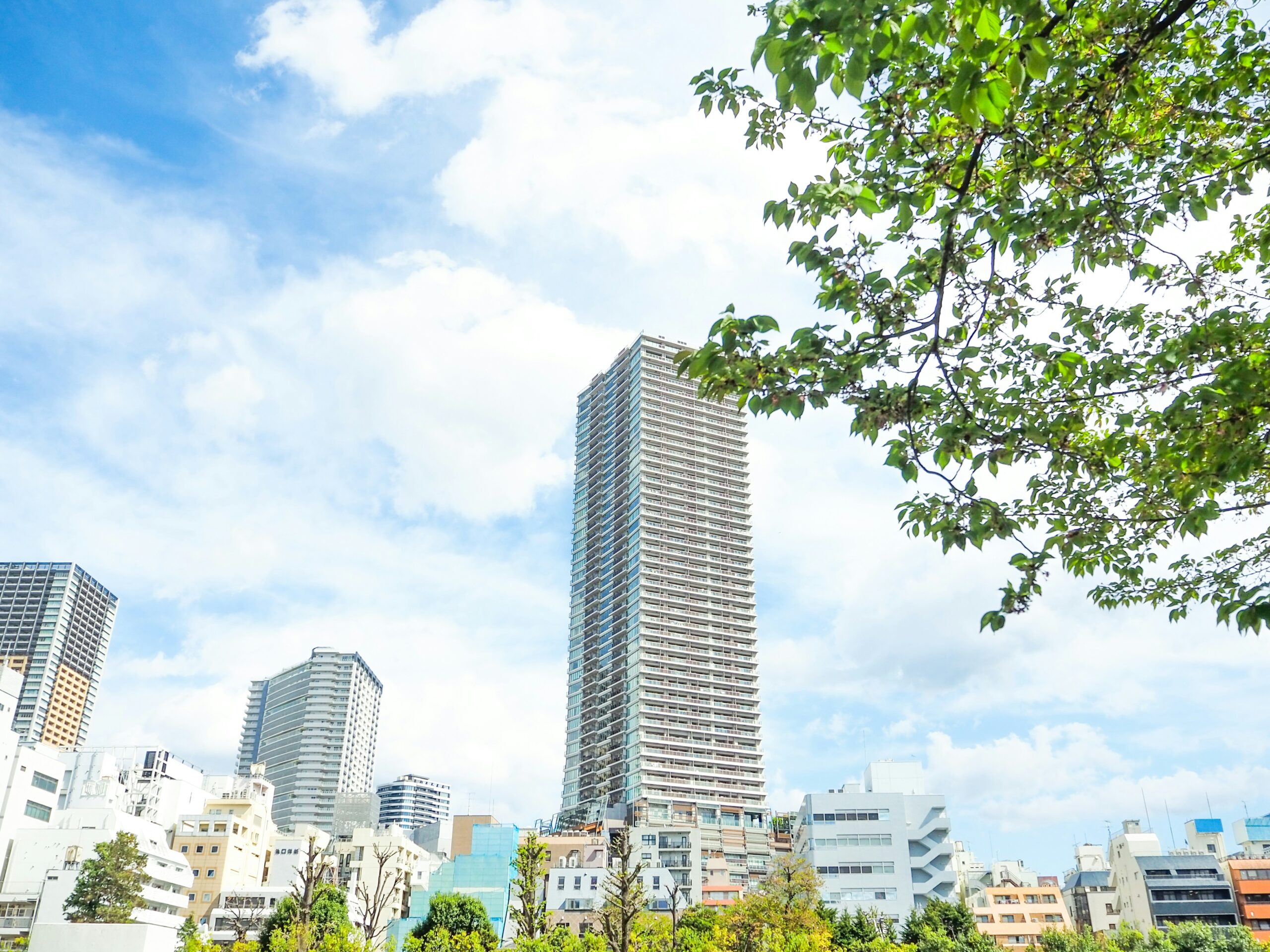
The Sunshine City building was the tallest in Asia when it opened.
The Sunshine City building was the tallest building in Asia when it opened in 1978, but has since been surpassed multiple times. The top floor is now a park where visitors can enjoy the view and even look at the stars since the tower is tall enough to get above the worst light pollution. And since it is free-standing, the views are also hard to beat. If you want an even better view of the sky there is a planetarium in the Ikebukuro Sunshine Tower as well.
The most central Tokyo aquarium
Sunshine City has the most centrally located aquarium in Tokyo, where you can see different species of fish and other sea animals. The penguins are endlessly popular and there is a penguin show every day. With long lines at the underground entrance, especially on weekends and during school vacations. The aquarium is a popular place to cool down in summer when lines during the school vacation can stretch almost all the way to Ikebukuro station. If you intend to go, go early.
But that is not the end of the entertainment in the Sunshine City complex. There are scores of entertainment stores including a Pokemon center, the improbably large Namjatown game center, and a large number of character stores. Both the Studio Ghibli characters, Onepiece, Crayon Shinchan, and less Japanese characters such as Marvel and Snoopy have their own stores. And of course Hello Kitty in her very own Sanrio store.
Ladies special Akihabara
But the Sunshine City character store is not the only comic-oriented area in Ikebukuro. In the area between Sunshine City and the station, there are plenty of anime stores, including the flagship store of the Animate chain and a dedicated Evangelion store.
To the west of Sunshine City is Otome Road, dubbed “ladies Akihabara”, a stretch of streets full of stores selling manga and goods, primarily aimed at women who read yaoi manga, featuring beautiful boys in homoerotic relationships. The atmosphere is a lot less hysteric than Akihabara, perhaps because of the clientele. The stores are also decidedly low-key, at least compared to Akihabara. You will not find any maid cafes here, but there are butler cafes.
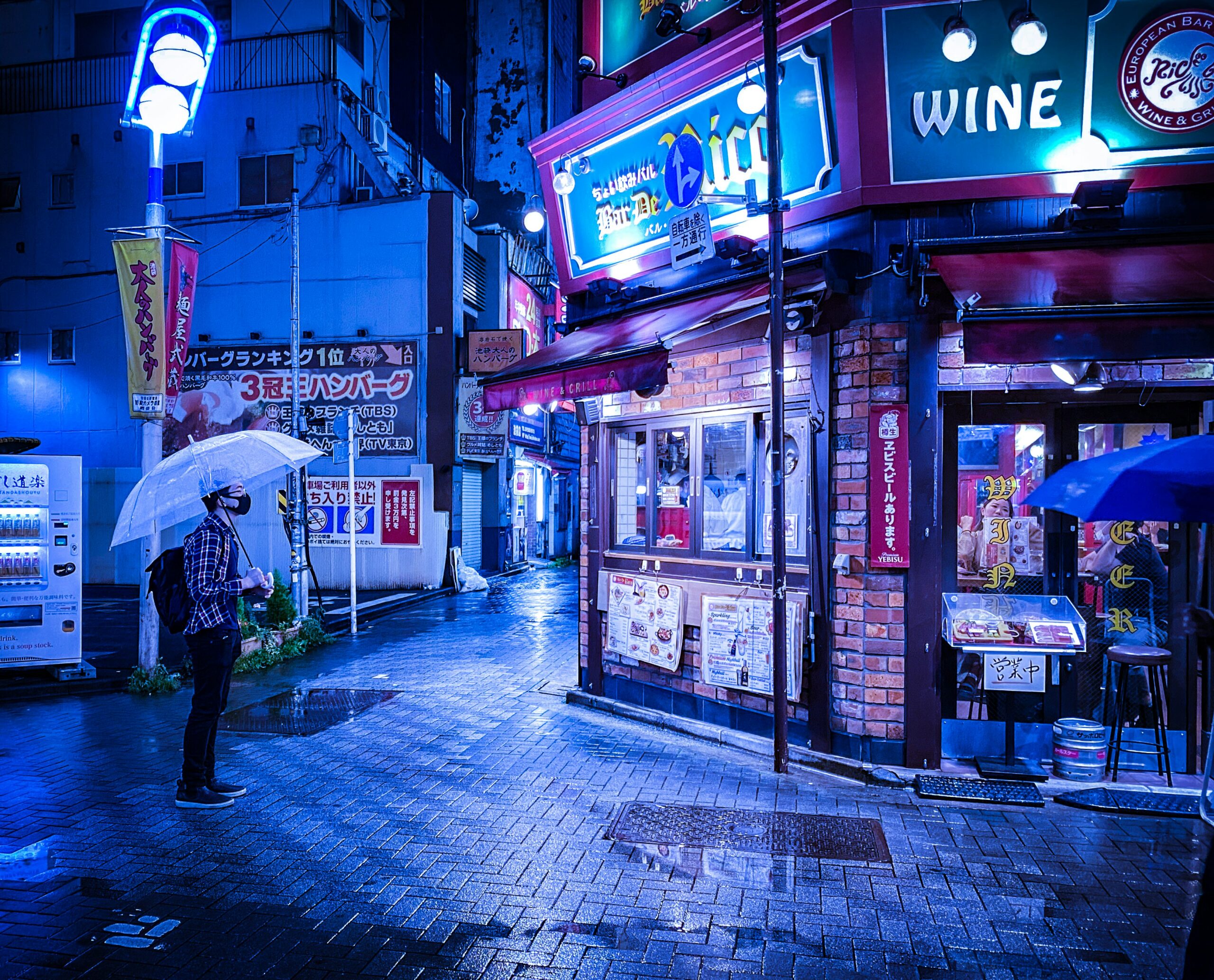
Traditional storefronts abound in the Ikebukuro entertainment district.
The origin of Ikebukuro was in a small village on the outskirts of Edo, as Tokyo was known during the reign of the shoguns. The area is roughly the same as covered by the entertainment district to the northeast of the station today. Rent was cheap so creative people with low means were attracted to the area, which gave it an air of creative areas like Montmartre in Paris. But as the city grew, the entertainment took over, especially as the railways expanded and commuting became a daily practice for the thousands of “salarymen” who traveled from cheaper locations in Saitama to work long hours in Tokyo offices. The main road is still named “Theatre Street” but the theaters have moved to the east of the station.
Tokyo’s largest cinema
Ikebukuro has several independent theatre venues, but the disadvantage is that unless you understand Japanese, you are not very likely to enjoy the experience. You may be better off in one of the huge movie theaters, with Grand Cinema Sunshine Ikebukuro not only being the largest movie theatre in Tokyo, both in terms of seating capacity and screen size. In the area between Sunshine City and the station, there are several other cinema complexes, a few of them featuring interactive experiences and IMAX screens.
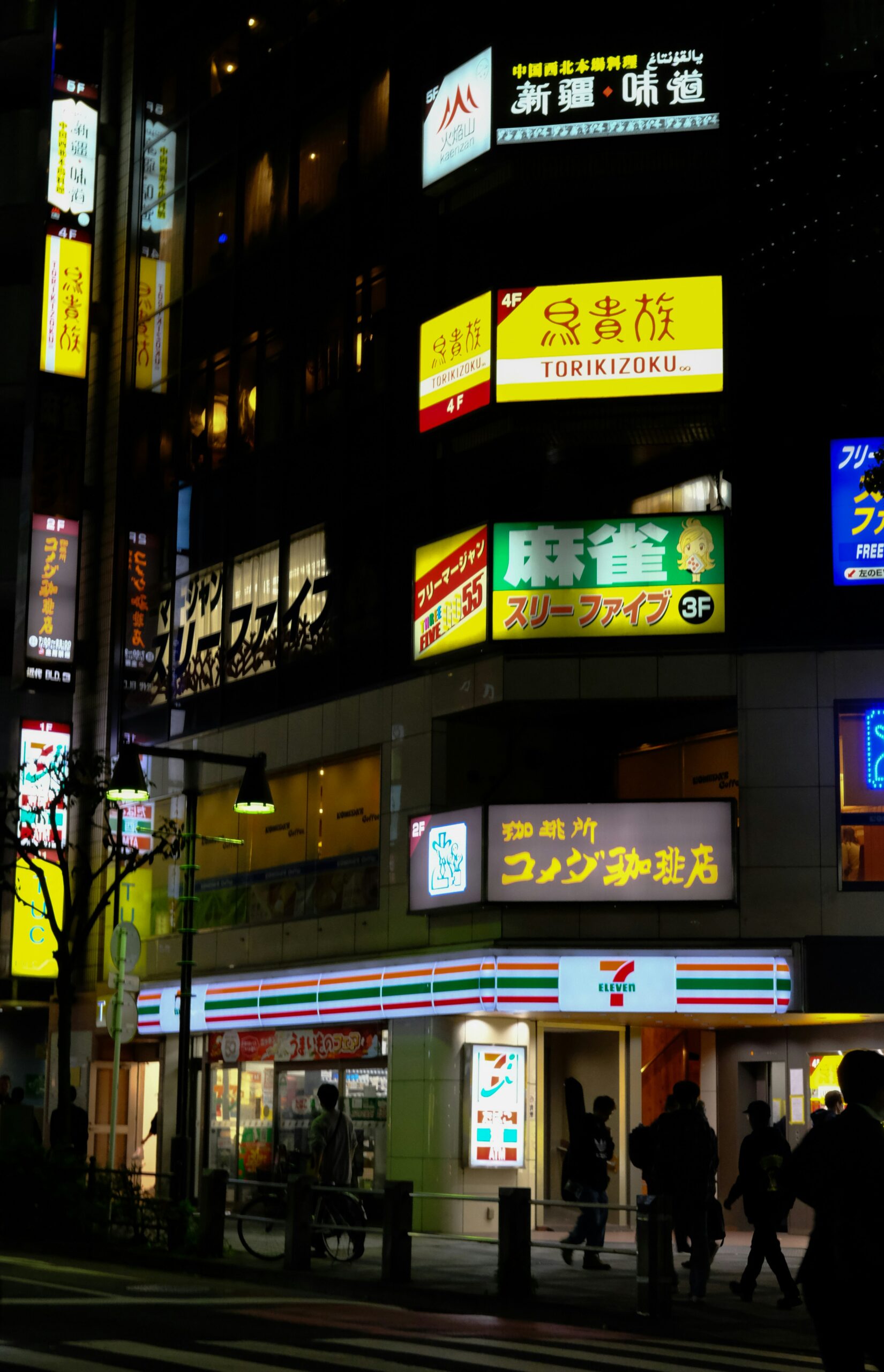
The traditional Ikebukuro entertainment district is transforming.
Today, the entertainment district is going through another transformation. The traditional Japanese izakayas are being replaced by Chinese restaurants, as this Ikebukuro neighborhood is developing into one of Tokyo’s new Chinatowns. In many places, lunch restaurants organized like food courts are emerging, where the food is more authentically Chinese than most other places in Tokyo. Often they are co-located with a Chinese supermarket. The downside is that their level of English is even lower than in a normal Japanese izakaya.
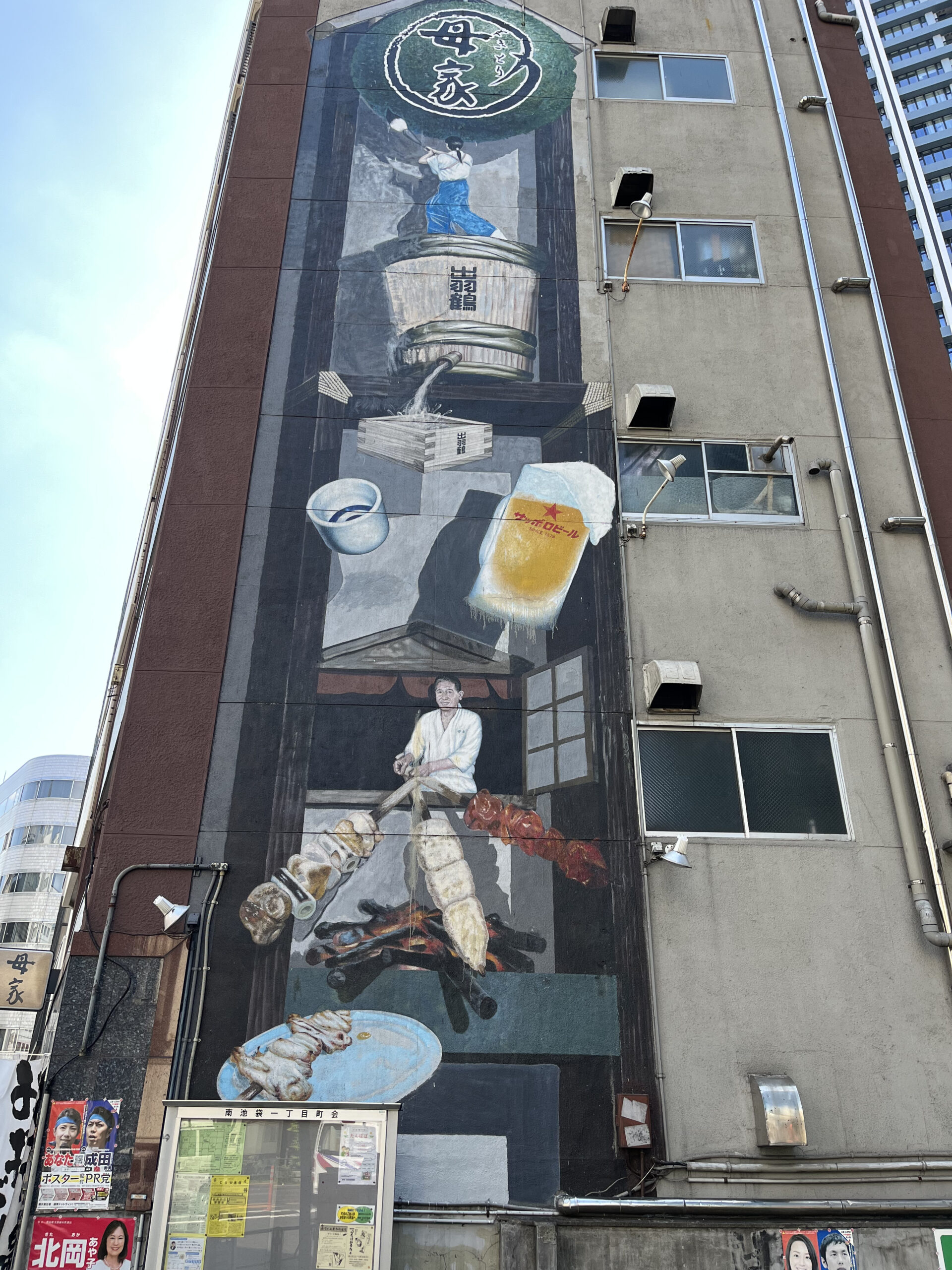
Creative advertising is a feature of many Ikebukuro izakaya.
That is not to say that the traditional izakayas are gone. On the contrary, those that are left are flourishing, with the lifting of Covid restrictions and high demand for nostalgia. Showa-style izakaya, made up in the style of the late 50’s and early 60’s, are intended to make the Japanese customers feel nostalgic. On the plus side, they give visitors an unforgettable experience too. When visiting the Ikebukuro entertainment areas, especially look for yakitori places, who sell grilled chicken skewers – a perfect compliment for a beer or two.

